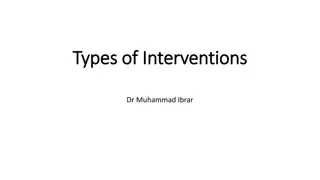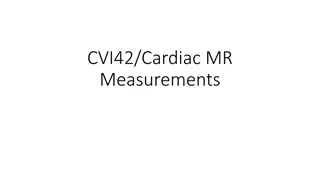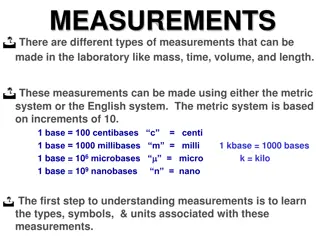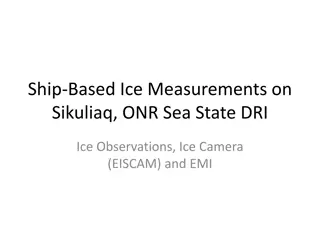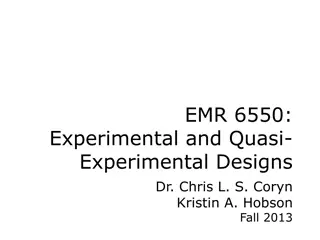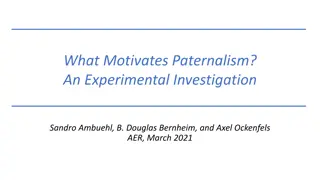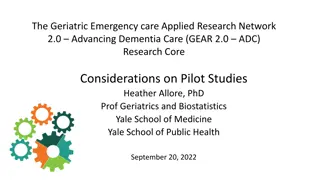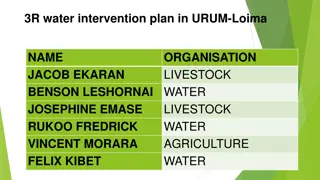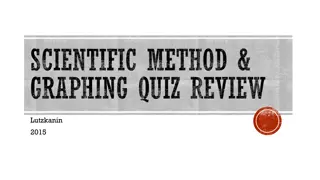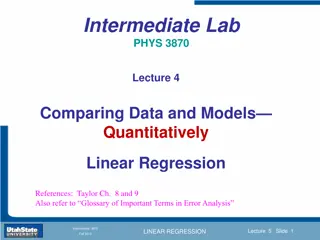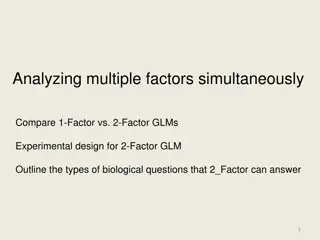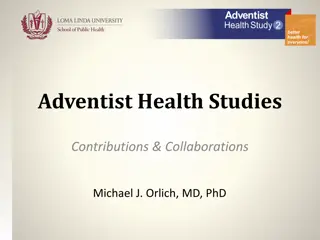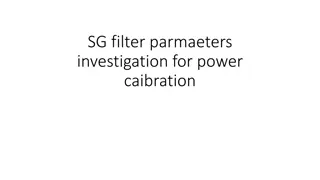Understanding Experimental Studies: Intervention, Characteristics, and Measurements
Experimental studies involve the investigator assigning exposures and following subjects to observe disease development. Different types of experimental studies exist, such as preventive and therapeutic types, each with its limitations, including ethical concerns and challenges in recruiting subjects. These studies help measure risk factors like Relative Risk (RR) and Attributable Risk (AR) to understand the association between exposure and disease development. Examples and calculations illustrate these risk measurements in research settings.
Download Presentation

Please find below an Image/Link to download the presentation.
The content on the website is provided AS IS for your information and personal use only. It may not be sold, licensed, or shared on other websites without obtaining consent from the author. Download presentation by click this link. If you encounter any issues during the download, it is possible that the publisher has removed the file from their server.
E N D
Presentation Transcript
3- Experimental Studies (Intervention Studies): The investigator himself allocates the exposure then follows subjects for the subsequent development of disease.
3- Experimental Studies (Intervention Studies): Characteristics:
Types of experimental studies: Preventive type: Therapeutic type:
Limitations of experimental studies: Ethical concerns ..
Limitations of experimental studies: Difficult to find large number of individuals willing treatment or practice believed to be beneficial for the duration of a trial Cost; to forego a
Selection of a study population; Theexperimental population; Referencepopulation;
MEASURMENTS OF RISK Realative Risk(RR): *It is an association between exposure and disease. estimation of the
Incidence rate among exposed RR=-------------------------------------------- Incidence rate among non exposed
Interpreting RR of adisease: *If RR= 1 Risk in exposed equal to risk in unexposed (noassociation). *If RR> 1 Risk in exposed is greater than the risk in unexposed (positive association, possibly causal). *If RR < 1 Risk in exposed is less than the risk in unexposed (negative association, possibly protective)
Attributable Risk (AR): It indicates how much of the disease is attributed to that particular risk factor... or the other way round... how much those of the non exposed will develop or get the disease if theyare exposed to the risk factor
Example: In a study of two toothpastes, 10 out of 100 caries-free children using a new toothpaste (exposure) develop caries after 1 year. In another group of 100 caries-free children using a standard toothpaste, 25 developcaries
Example: In a prospective study of the risk of alcohol consumption on developing TB TB ---+VE----- -VE --- Alcoholic 40 10 50 Non-Alcoh 10 90 100 Total 50 100 150 Total
Example: A study on smoking had shown the followings:-



